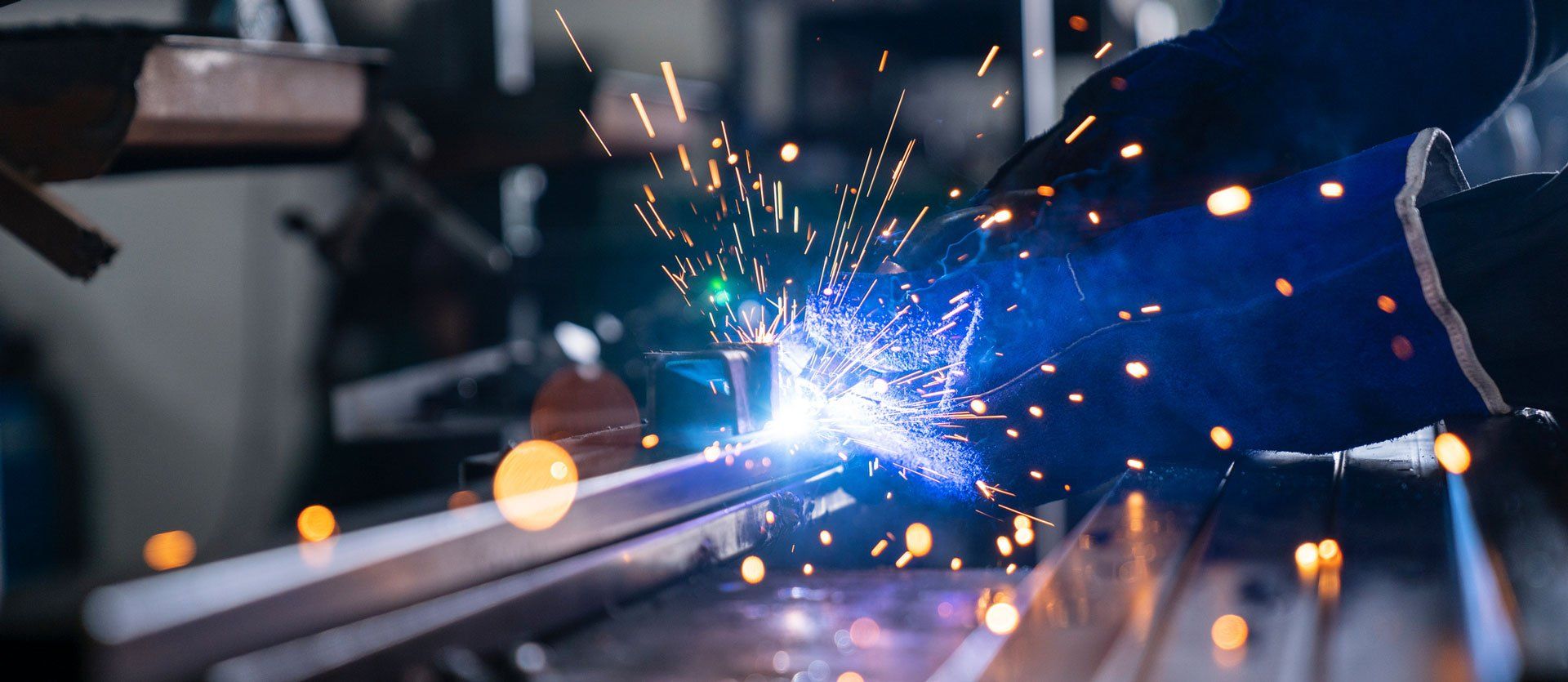Choose the Right Brush Wheel to Remove Weld Slag
The right brush wheel can remove weld slag. If you would like to improve your knowledge of the criteria used in picking the best wire brush wheel, read on.
Most of the common welding techniques - shielded metal arc welding and flux-cored arc welding, to name just two - result in the creation of by-product known as weld slag. As the flux used to protect the base metal from oxidation melts, it mixes with the molten metal in the weld zone. As this mixture cools, the flux floats to the surfaces and hardens, leaving behind weld slag.
Although weld slag will not affect the resulting weld on a chemical level, most metal fabrications consider it an unwanted nuisance. It creates a rough, stubbly surface to the metal, while also making it harder for paint and other surface treatments to adhere to the metal. For these reasons, it is customary to remove slag once the weld area has cooled off entirely.
Workers accomplish slag removal using a variety of tools, from manual chipping hammers to the tool known as a powered brush wheel. These rotating wire brushes provide highly effective results in a fraction of the time it would take to remove slag manually. Yet a metal fabricator must be sure to choose the best possible brush head for a given welding job.
If you would like to improve your knowledge of the criteria used in picking the best wire brush wheel, read on. This article will outline two of the most important considerations to ensure proper slag removal.
Wire Diameter
The diameter of the wires on a wire brush will dictate how quickly and aggressively it removes weld slag. Generally speaking, the thicker the wires, the faster it will remove the slag. Yet fabricators must consider more than just speed. Because a wire brush wheel is a power tool, it can be easy to apply more friction than necessary to remove the slag.
In other words, welders must be careful not to damage or abrade the base metal. This will ultimately increase processing time, by requiring that the abrasions be carefully smoothed out. Therefore, the right balance must be struck between quickness and safety. Generally speaking, wires for slag removal and other forms of descaling will fall where between 0.008 inches and 0.028 inches in diameter.
Wire Style
Things get more complicated still when you consider the style of the wires that make up the brush. Virtually no wire brush wheels use straight wires. These would lack the necessary degree of stiffness, and would easily become bent in ways that reduced their effectiveness. Instead, two main styles of wire exist: crimped and twisted.
Crimped brushes feature wires that exhibit a zigzag pattern of bends along their length. Such crimping plays two main roles. First, it ensures that the wires remain adequately spaced out from one another. This allows workers to remove the maximum amount of slag with a minimum of effort while reducing the likelihood of missed areas of slag.
The crimping also increases the stiffness of the bristles, making them less likely to break as the result of fatigue. This stiffness becomes crucial when you consider the amounts of pressure and vibration to which a metal brush wheel is subjected. Those crimps also mean that, when wires do inevitably break, the break will be as clean as possible.
The other main wire style features wires that have been twisted together. Knotted wire brushes tend to have a much stiffer action than crimped brushes. This gives them an especially heavy action. Twisted wire brushes may be too punishing for more delicate welding tasks, yet when it comes to heavy-duty welding - and heavy duty slag - a twisted wire brush will produce the desired results in a fraction of the time.
An experienced welder possesses a wealth of knowledge about slag removal. If you would like to learn more about the factors that play into this decision-making process, please contact the welding pros at Schorr Metals Inc.







